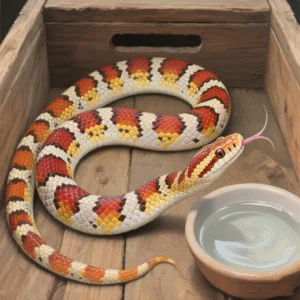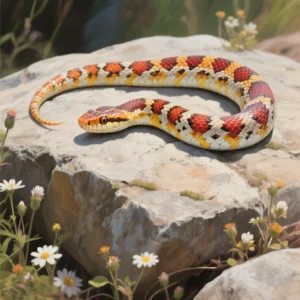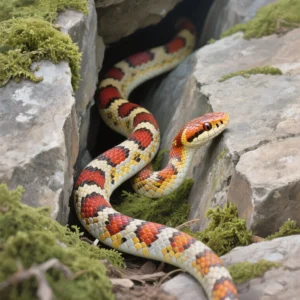Training Your Corn Snake: Can It Be Done?
Here at lopehare.com, we get a lot of questions from enthusiasts exploring the fascinating world of exotic pets. A common query, especially among prospective snake owners, is whether reptiles, specifically popular species like the corn snake, can be trained in the same way you might train a dog or even some mammals. It’s a topic that blends curiosity about animal intelligence with the realities of reptile behavior. Let’s dive into what “training” means for a corn snake and what you can realistically achieve.
Defining “Training” for Snakes
When we talk about training a typical pet like a dog, we usually mean teaching them to respond to commands through positive reinforcement, performing tricks, or exhibiting specific desired behaviors on cue. This involves complex cognitive processes, memory, and a strong human-animal bond.
Snakes, including corn snakes (*Pantherophis guttatus*), operate on fundamentally different principles. Their behavior is largely driven by instinct, environmental cues (temperature, scent, light), and basic learned associations rather than complex reasoning or a desire to please. Therefore, “training” a corn snake looks very different from training a dog.
Can Corn Snakes Truly Be Trained?
In the traditional sense of teaching tricks or obedience, no, you cannot train a corn snake. They lack the neurological complexity and motivations for such activities. However, you can influence their behavior through consistent positive or negative reinforcement (avoiding negative interactions). This is more accurately described as habituation, conditioning, or managing their environment and interactions to encourage desired responses and minimize stress or defensive behaviors.
Think of it less as teaching commands and more as building positive associations with you and specific actions.
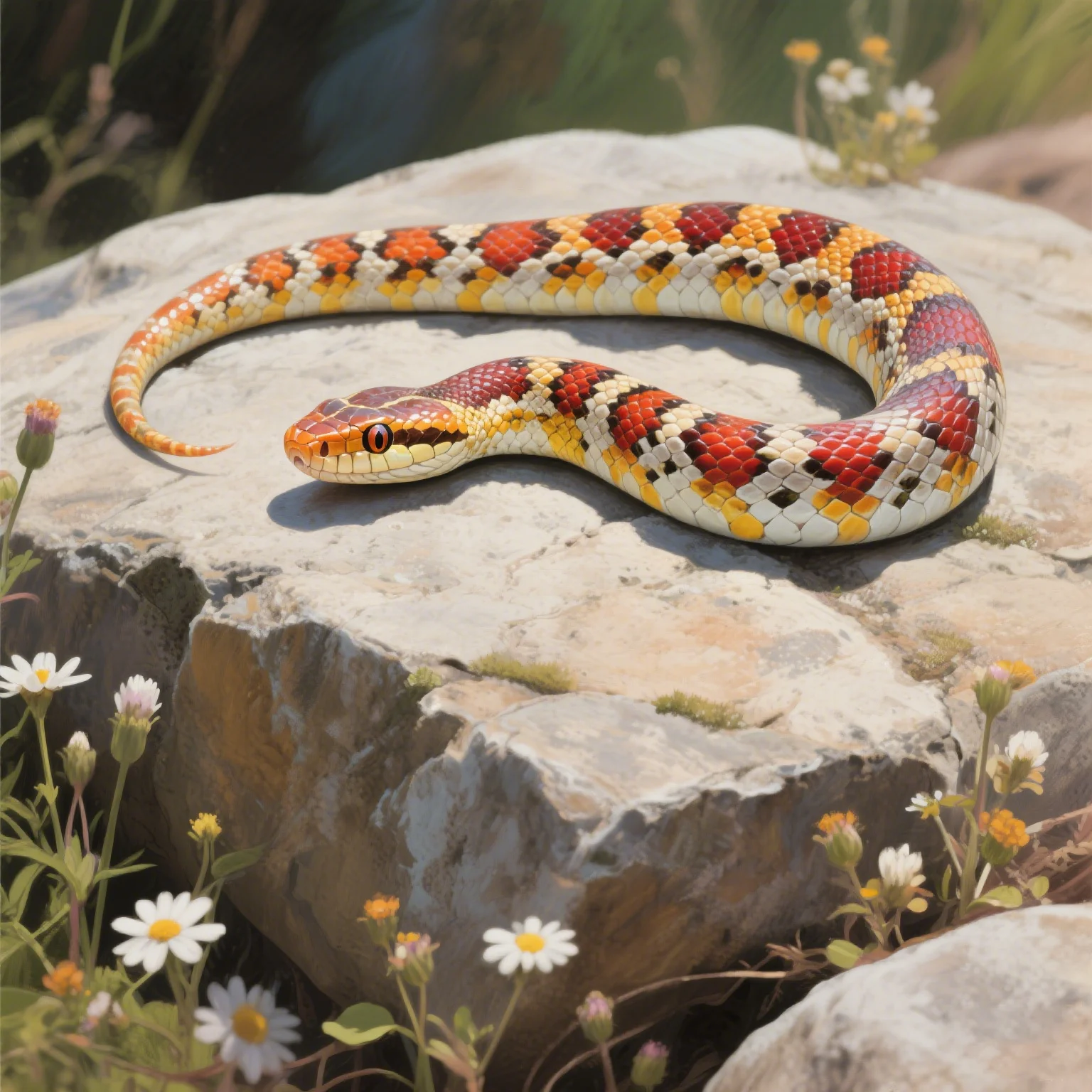
Why Attempt Any Form of “Training”?
While you won’t have your corn snake rolling over, there are valuable reasons to work on shaping their behavior:
- Reduced Stress: A snake that is accustomed to handling is less likely to be stressed during cage cleaning, health checks, or vet visits.
- Easier Handling: A calm, non-defensive snake is safer and easier to interact with for both the snake and the owner.
- Better Health Monitoring: Being able to calmly handle your snake allows you to inspect them regularly for signs of injury, shedding problems, or illness.
- Enhanced Interaction: While not “affectionate,” a habituated snake can be a fascinating animal to observe and interact with calmly.
Handling and Socialization: The Primary Goal
For corn snakes, the most practical form of “training” is handling and socialization. The goal is to get your snake used to being gently handled by you, reducing fear and defensive reactions (like striking or musking). This is crucial for building trust and ensuring your snake is comfortable around you.
Techniques for Habituation:
- Start Slowly: Begin with very short sessions (5-10 minutes) in a quiet, secure environment.
- Be Gentle and Confident: Support their body fully. Avoid squeezing or making sudden movements. Confidence in your handling helps the snake feel secure.
- Frequent, Short Sessions: Consistency is key. A few short handling sessions per week are more effective than one long one.
- End on a Positive Note: Return the snake to its enclosure before it shows signs of stress (excessive squirming, trying to escape).
- Never Force Interaction: If your snake is hiding, shedding, or just ate, leave them alone.
This process is essentially how to socialize a corn snake to human interaction, making them calmer and more manageable pets.
Associating Cues with Feeding
Another area where you can influence behavior is feeding. Snakes learn to associate certain cues with food. This isn’t training tricks, but rather using classical conditioning. For example, some keepers gently tap on the enclosure or use a specific tool to present the food item. Over time, the snake may learn that this cue means food is coming and become more alert or approach the feeding spot. This can potentially help prevent accidental feeding responses (strikes) when you are simply opening the enclosure for other reasons, though it’s not foolproof.
Exploring “Target Training” (Limited Application)
While highly limited compared to other animals, some reptile enthusiasts have explored basic target training using positive reinforcement (food) to encourage a snake to move towards a specific object or spot. This is primarily done in zoo or educational settings for management purposes (e.g., getting a snake to move into a transport box) rather than for pet interaction. It requires significant patience, consistency, and understanding of operant conditioning principles applied to reptile behavior. It is not about teaching complex commands or tricks but encouraging a simple motor response towards a target associated with a reward.
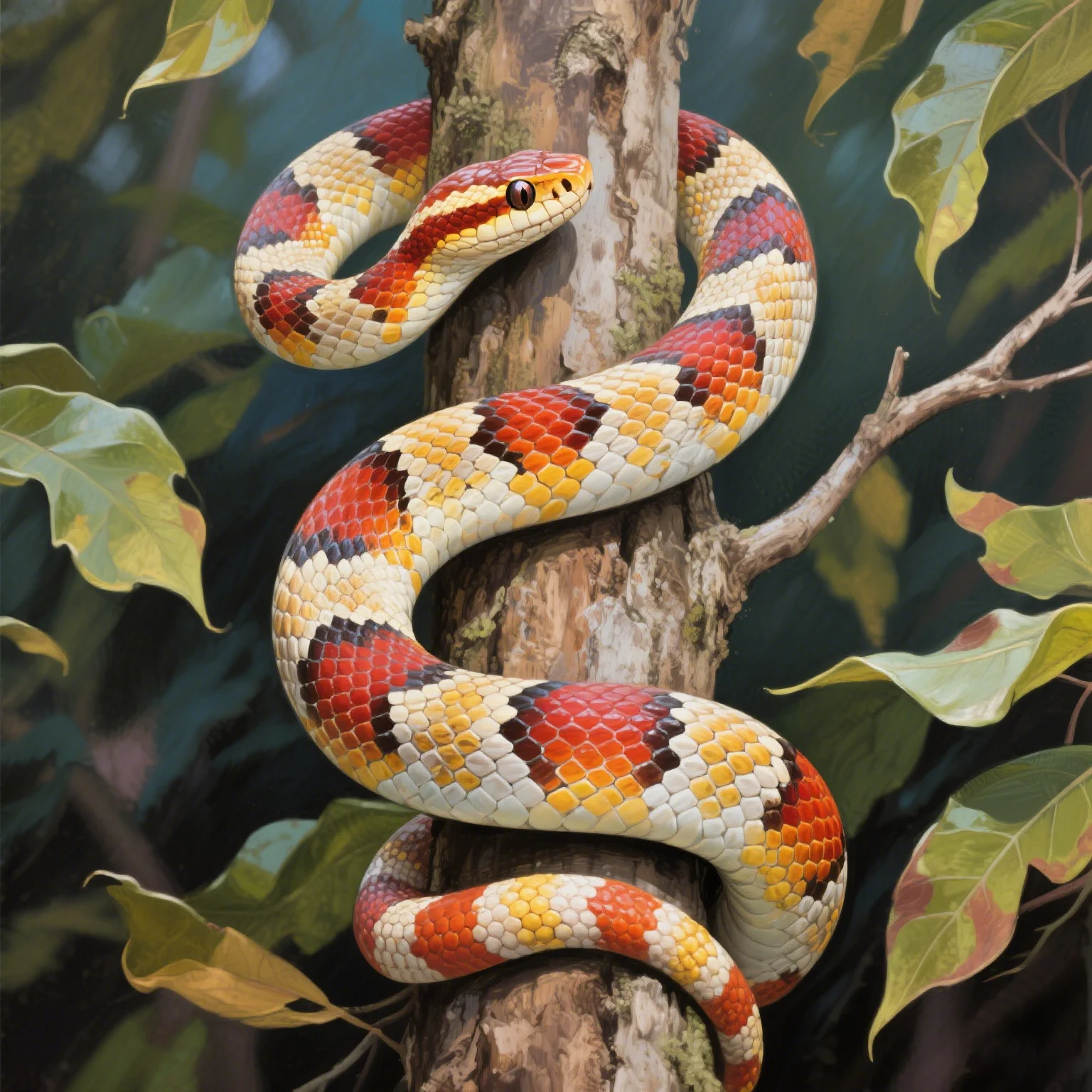
Limitations and Realistic Expectations
It’s crucial to maintain realistic expectations. Corn snakes:
- Do not form emotional bonds or seek affection.
- Cannot perform complex tasks or tricks.
- Their “learning” is based on simple associations and habituation to stimuli.
- Their primary motivations are survival, thermoregulation, and feeding.
Any progress made through handling or conditioning can be undone by negative experiences, infrequent interaction, or improper husbandry that causes stress. The snake’s natural instincts will always be the dominant driver of its behavior.
According to Dr. Stephen Divers, a leading reptile veterinarian, understanding a reptile’s natural history and behavioral ecology is far more important for successful keeping than attempting to apply training methods designed for mammals (Source 1).

Conclusion: Manage Expectations
So, can you “train” a corn snake? Not in the way you train a dog or cat. But you can absolutely work with your corn snake to make it comfortable with human interaction and husbandry tasks. Through consistent, gentle handling and creating positive associations, you can habituate your snake to your presence and touch, resulting in a calmer, more manageable pet. This form of behavioral conditioning, focused on reducing stress and enabling care, is the most valuable “training” you can undertake with your corn snake. At lopehare.com, we believe that understanding these realistic expectations is key to responsible and rewarding corn snake ownership.
Remember: Patience and consistency are your greatest tools when working with your corn snake’s behavior. Never rush or force interactions.
References:
1. Interview with Dr. Stephen Divers regarding reptile behavior and training (general information, not a specific published paper).
2. Wikipedia: Corn snake – Provides general information on corn snake biology and behavior.

